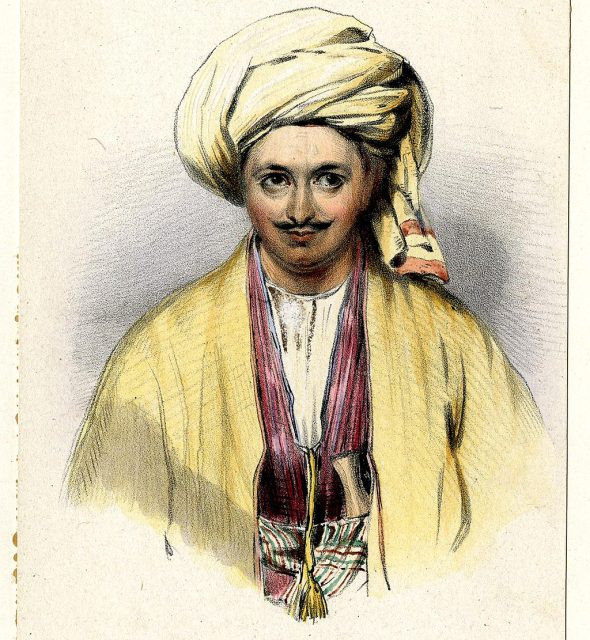
BURNES, SIR ALEXANDER (1805-1841), British traveller, explorer and writer, was born on 16 May 1805. He joined Bombay infantry in 1821. Upon his arrival in India, he devoted himself to the study of the local languages and was, while still an ensign, selected for the post of regimental interpreter. In 1829, he was transferred to the political department as assistant to the Political Resident in Cutch. In 1831, he was sent on a complimentary mission to Lahore, in charge of English horses, including a team of carthorses, four mares and a stallion, sent by the King of England as presents for Maharaja Ranjit Singh.
- 1
- 2








